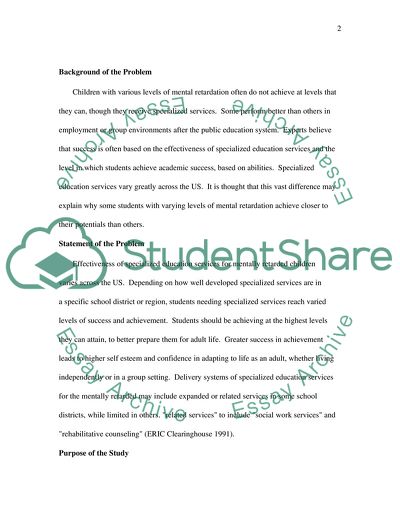Cite this document
(Mental Retardation in the Special Education Classroom Research Paper, n.d.)
Mental Retardation in the Special Education Classroom Research Paper. https://studentshare.org/health-sciences-medicine/1716043-mental-retardation-in-the-special-education-classroom
Mental Retardation in the Special Education Classroom Research Paper. https://studentshare.org/health-sciences-medicine/1716043-mental-retardation-in-the-special-education-classroom
(Mental Retardation in the Special Education Classroom Research Paper)
Mental Retardation in the Special Education Classroom Research Paper. https://studentshare.org/health-sciences-medicine/1716043-mental-retardation-in-the-special-education-classroom.
Mental Retardation in the Special Education Classroom Research Paper. https://studentshare.org/health-sciences-medicine/1716043-mental-retardation-in-the-special-education-classroom.
“Mental Retardation in the Special Education Classroom Research Paper”. https://studentshare.org/health-sciences-medicine/1716043-mental-retardation-in-the-special-education-classroom.


